Microphone holders
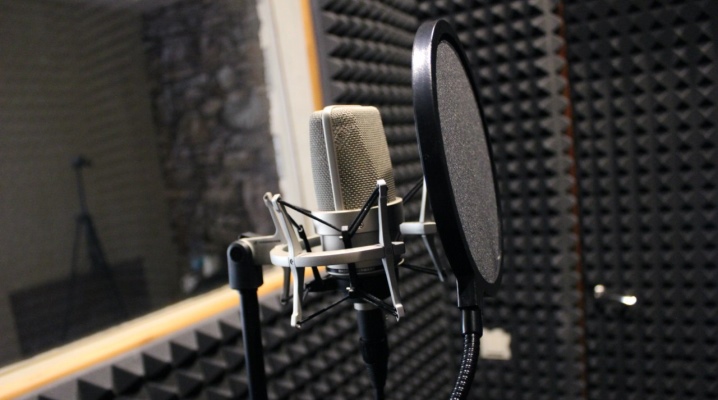
It's hard to imagine the music industry without a microphone. For comfortable use during performances and other events, holders are used. Universal fasteners can be found everywhere: in conference rooms, in broadcast rooms, in studios, on stages and other venues. There are also special stands that are more common in recording studios. Let's talk about both.
Peculiarities
Each type of microphone holder has its own characteristics, as it is designed for specific tasks. Some are designed to free their hands, others - to dampen vibrations and noises. There are fasteners designed to make the installation of the microphone less noticeable.
For example, the so-called "Buttonhole" attached with a special clothespin to clothes. Such a simple device allows you to attach the microphone to clothing so that it is less visible, without compromising sound transmission. You can also attach a microphone to a musical instrument.
Please note: clothespins are often equipped with teeth that can scratch the instrument. Also, the lavalier microphone can be attached to clothing with a simpler version of a clothespin - a clip.
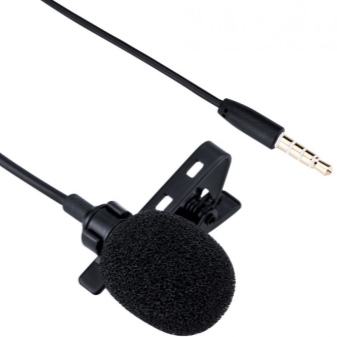
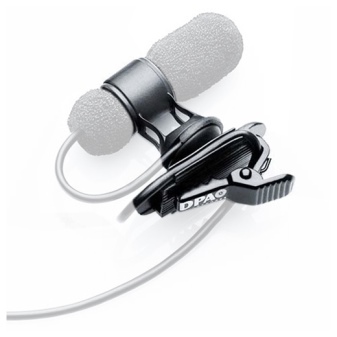
Head holders are a bracket on which the cable and microphone on a flexible wire are attached. This option allows you to fix the equipment on the head without spoiling the hair of the presenter of a TV show or concert, skipping the brace under the hair on the back of the head. Hands-free provides many benefits: working at a computer, holding a tablet, or gesturing.
Universal desktop holders allow you to fix any kind of microphone, successfully dampen vibrations and free the user's hands. In the professional field, such fasteners are used in television and broadcasting studios. Leading blogs and channels on the Internet also actively use such stands, appreciating all the advantages. Usually a studio condenser microphone is installed on such a mount. in a spider-type holder.
The latter consists of two frames located one inside the other. The inner frame is suspended with elastic bands. This allows you to isolate the studio microphone from extraneous vibrations, effectively dampening them. Combined with the pop filter, the result is excellent sounding, acceptable for broadcasts and voice acting.

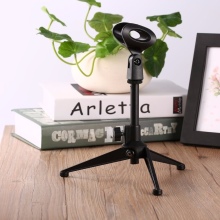
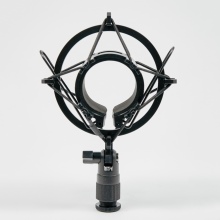
A kind of desktop holder can be considered fasteners with flexible wire... These can be seen in conference rooms or reception areas. The flexible cord not only frees your hands, but also quickly and easily adjusts the microphone to suit you. This does not change the sound quality.
Racks are very popular due to their versatility and low price. They are tubular structures of various configurations. There are two main types: floor-standing and table-top models.
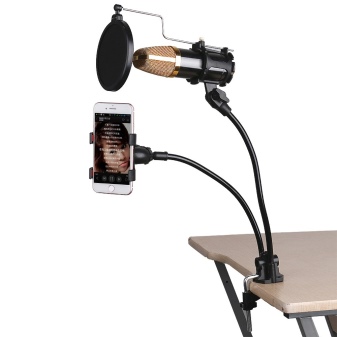
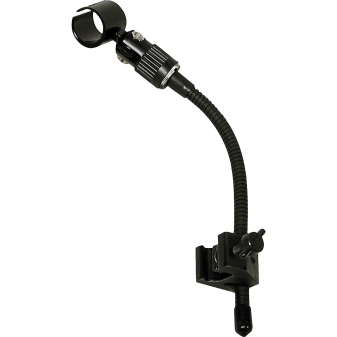
Desktop samples have already been mentioned above. Such stands are used not only in broadcasting and recording studios - you can also see them at journalists during interviews.
Floor stands are of two main types: vertical and "crane". Both are used mainly on stages or stands, on sites where mass events or performances are held, for karaoke. "Crane" is a vertical stand with a swivel section and a head-mount for a microphone.
This option is more versatile than a simple vertical stand: it is faster and easier to adjust the height for the height of the soloist or performer, and it is also convenient to sound musicians and musical instruments in different positions. The microphone cable is fixed on the stands with special clips.
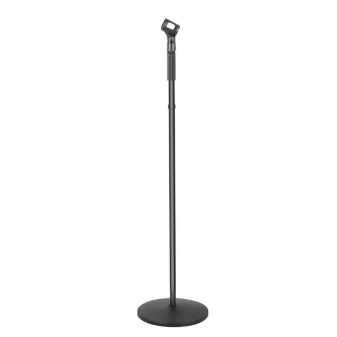
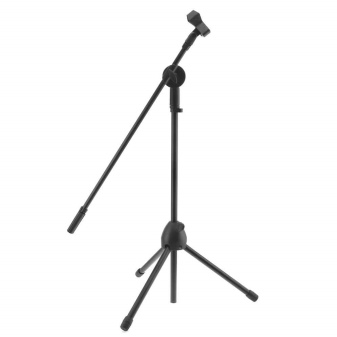
Attaching to the camera is carried out using two main types of fasteners: Bracket or Shape... Bracket is a bracket that you can attach to a tripod socket. Shape is an open frame to which you can attach additional equipment (microphone or light). Also on sale you can find a lot of universal fasteners that allow you to fix the microphone on the camera, including shock-absorbing ones.
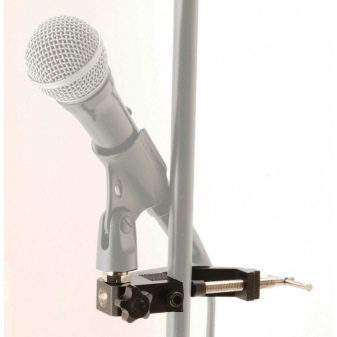
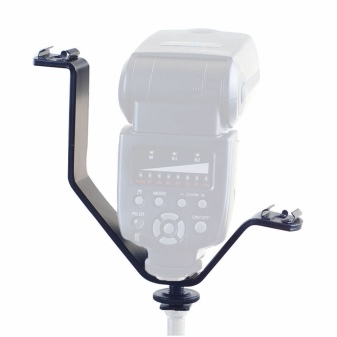
How to choose?
The choice of mount depends on many conditions: on the type of microphone, on the nature of the work, on the price and quality. Each fastener is designed for its own purpose and should be used as intended.
First of all you need to pay attention to the type of microphone and familiarize yourself with all the fasteners that are designed for it. For example, for an ordinary vocal microphone, a shock-absorbing mount is useless. Then you need to decide on the nature of the work: if the microphone is mainly used in the studio at the table, a table stand with a shock-absorbing holder is what you need.
Parameters such as price and quality play an important role. There is no point in overpaying for a brand if the “no name” counter can do the same job perfectly. It is important to pay attention to the quality of the plastic and movable joints, if any. Movable joints are vulnerable, especially if the quality of the plastic is poor.
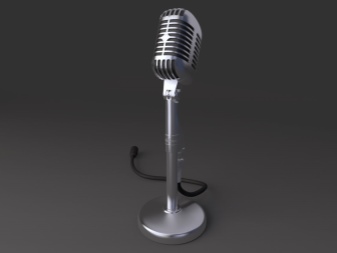
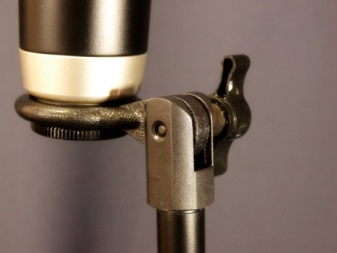
See below for an overview and unpacking of the microphone stand.













The comment was sent successfully.